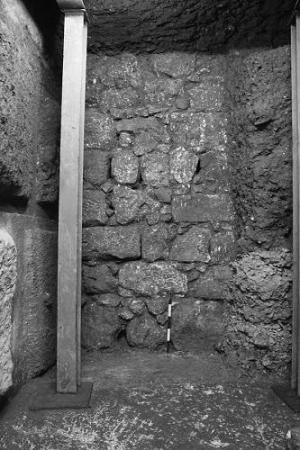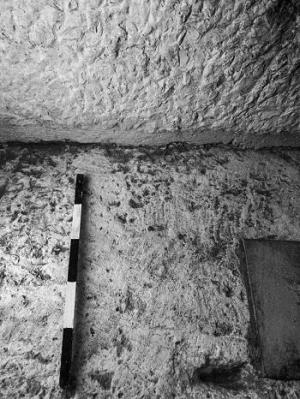An ancient walkway that could have been used by pilgrims to go the Temple Mount for worship has been unearthed in the "City of David" in the Jerusalem Walls National Park by archaeologists, who believe that it was built by Pontius Pilate.
In their study published in Tel Aviv: Journal of the Institute of Archaeology of Tel Aviv University, researchers at the Israel Antiquities Authority detailed about 100 coins found beneath the paving stones that date the street to approximately 31 CE. The finding provides the strongest ever clue that the street was commissioned by Pontius Pilate, said archaeologists.

It took them six years of extensive archaeological excavations to unearth a 220-meter-long section of an ancient street first discovered by British archaeologists in 1894. The walkway ascends from the Pool of Siloam in the south to the Temple Mount, both highly regarded monuments in Judaism and Christianity.
The Temple Mount in the Old City of Jerusalem, has been venerated as a holy site for thousands of years and the belief is that during the time of the construction of the street, Jesus is said to have cured a man's blindness by sending him to wash in the Siloam Pool.
The excavation unearthed 100 coins trapped beneath paving stones, dated between 17 CE to 31 CE, which provides firm evidence that work began and was completed during the time that Pontius Pilate governed Judea.
"Dating using coins is very exact," says Donald T. Ariel, an archaeologist and coin expert with the Israel Antiquities Authority. "As some coins have the year in which they were minted, what that means is that if a coin with the date 30 CE on it is found beneath the street, the street had to be built in the same year or after that coin had been minted, so any time after 30 CE," he explained.
"However, our study goes further, because statistically, coins minted some 10 years later are the most common coins in Jerusalem, so not having them beneath the street means the street was built before their appearance, in other words only in the time of Pilate."

The ancient historic street measured 600 meters long and approximately 8 meters wide, paved with large stone slabs, as per the Roman Empire's engineering techniques followed during those days. The walkway could have required some 10,000 tons of quarried limestone rock in its construction in an opulent and grand nature, with considerably skilled workforce, said researchers.
"If this was a simple walkway connecting point A to point B, there would be no need to build such a grand street," reasoned out Joe Uziel and Moran Hagbi, archaeologists at the Israel Antiquities Authority, and co-authors of the study.
When the Romans captured, they destroyed the city in 70 CE, said researchers based on the rubble containing weapons such as arrowheads and sling stones, remains of burnt trees, and collapsed stones from the buildings along its edge.










